Sometimes here at Abraham’s Wallet we wax eloquent about familycraft, purpose, destiny and the nobility found in becoming a flint-faced family leader in the vein of Abe himself. This is not one of those times.
Nay, today I’m here to give you a highly practical heads up on one of the coolest savings vehicles out there. That, as you may have guessed from my clever title, is the HSA or Health Savings Account. Thought that this useful account for strictly for your doctor bills didya? Well, read on – used properly, the HSA can be leveraged as one of the only ways to save money that is tax free going in, and tax free coming out. (Ok ok ok, you are going to need some medical bills in the process, but stick with me and we’ll get there).
Health Savings Accounts were created in 2003 as a feature of the growing segment of health insurance plans known as consumer-driven plans. Companies like these plans because the deductibles are high, so the plans are usually less expensive for employers to administer (sometimes they’re even free). And consumers, being often-misguided as they are, like these plans because their monthly premiums are much lower than those in a traditional health insurance plan. The HSA account was created to help these consumers cover the costs that they would be responsible for when they selected a high-deductible plan.
And for most folks, that’s about where it ends. The HSA is a nice little employee benefit for people with high-deductible health plans (you MUST have such a plan in order to be eligible to open an HSA), and oftentimes employers will kick in a bit of extra dosh to lessen the pain of having to cover the first however many thousands of dollars per year of medical expenses that come your way. If you are doing your very best budget gymnastics just to contribute a few bucks to your 401k plan, then you can stop right here – this hack ain’t for you.
But let’s say you’ve already pinned the 401k plan at work to the max, and maybe you’re even doing something fancy like contributing to a backdoor Roth IRA plan. Then you, my friend, are a candidate for some HSA hacking.
Before we get started, I want to underscore one key point for you, Mr. Chief Health Officer of your family. High deductible health plans can be very bad for people who will forego necessary healthcare due to the out-of-pocket nature of those costs under these plans. As a man married to a physician, I can tell you that it’s often true that doctors dislike these plans because they notice their patients suddenly become price-sensitive when it comes to needed medical care. But you won’t be doing that – you are only still reading this because you’ve got the spare coin to fund your HSA, pay all of your current healthcare expenses out of your budget, and even then still have enough leftover for some luxury, RIGHT? Just making sure.
Ok then, here’s how it works: You select a high deductible health insurance plan, which makes you eligible to establish an HSA account. Then, you go ahead and fund that HSA account to the max. In 2019, the max contribution per year is $7,000 for a family. That includes any amount that your kind employer might be contributing on your behalf, so be careful not to overfund. Most people will set up their contributions to be deducted from their paycheck, pre-tax, although you can also contribute to your HSA account directly and any amount you put in will not be included in your federally taxable income at year end. Unlike a medical flex-spending account, you can only spend money that you’ve actually accumulated in your HSA. But that doesn’t matter for you, Mr. HSA Hacker, because you’re not going to spend this money for a very long time.
You see, when you visit the doctor and get a bill a few weeks later, instead of whipping our the debit card that your HSA administrator so thoughtfully provided you, you’re going to pay that bill right out of your regular budget. And THEN, you’re going to stick that receipt somewhere really safe. Like, safer than a filing cabinet, because we’re going to need it in about 30 years (for me). If you’re confused by this, let me explain:
- Money goes into your HSA account tax-free and can be withdrawn from your HSA account tax-free if, and only if, that money is used to directly pay for qualified medical expenses or to reimburse yourself for qualified expenses that you have already paid.
- At the moment, there is no statute of limitations on how long you have to complete this reimbursement – so you can spend money today, and pay yourself back once you’ve retired. But you’d better have the documentation to prove it when you say you’re paying yourself back.
Why would you want to do this instead of just investing in a good old brokerage account or some such? Well, a good HSA allows you to invest the funds that you have accumulated, and like many of the retirement accounts that you may already be familiar with, those funds grow tax free. But every other retirement account will hit you with some taxes – either on the front end in the case of a Roth account where you put money in that you’ve already paid income tax on, or on the back end as with 401k plans and traditional IRAs. With an HSA, you get to put money in that sucker that you haven’t paid taxes on, and as long as you have enough medical expenses to cover the withdrawals, you can also take money OUT of the account tax free.
Skeptical? Let me illustrate how this would work for the average cat. For simplicity’s sake, I’m going to do everything in today’s dollars:
- Average annual deductible for family plans: $7,983 per year
- Average needed in retirement (per Fidelity Healthcare Research) $285,000
So if you expect that you might spend $7k per year from age 30-65 on healthcare, and you collected receipts for every single one of those dollars, you’d have built up $245,000 of receipts. And you may expect to also need $285k in retirement for more healthcare expenses. That’s $530k of withdrawals that you will be able to make entirely tax free from your HSA account!
But what happens if you end up a bastion of health any just never do need much in the way of medical care? Now if you put the maximum $7k per year into your HSA and you got a solid 7% market rate of return on that money, you’re going to have more than you will likely need for healthcare expenses and reimbursement of your previous expenses (it’s almost a million bucks, if you’re paying attention). Is the money stuck? Forever lost? No – and this is an important part of why I think this plan should be considered even by very healthy individuals.
For any funds that you withdraw from an HSA and use for non-qualified expenses during retirement (meaning you have nothing left to reimburse yourself for), you’ll be able to withdraw funds under the very same tax treatment that you would see with a 401(k) plan – meaning you’ll just have to pay taxes on that money as ordinary income. Very limited downside! If you do end up needing your HSA funds before you turn 65 for non-qualified expenses, you’ll be hit with a 20% penalty (the penalty for such withdrawals from a 401k plan is just 10%), but remember, you should have some buffer there created by the receipts you’ve been storing up, so you may be able to cover your immediate need without dipping into the penalty zone.
And that is the story of how goldilocks used an HSA to fund all of her wildest aspirations and even a touch of luxury spending in her golden years. I’ve done my best to describe an opportunity to use HSAs as a part of a robust family financial plan, but as usual when it comes to financial planning, every situation is unique. If you have questions about whether this plan might work for you, please reach out to a qualified financial planner, and run it by your CPA while you’re at it. The IRS has published a handy guide to these rules as well, and if you’re considering HSA hacking, you should take a few minutes to read through this information in detail.
*Mark Parrett is one of the founders of Abraham’s Wallet. When not blogging for you here, he’s raising a family in Salt Lake City, UT and working as a financial planner at Outpost Advisors.






